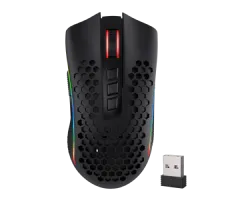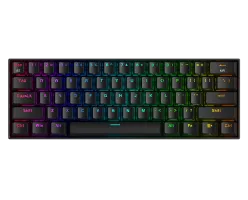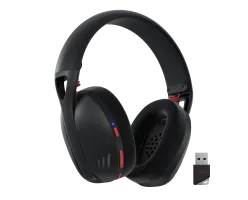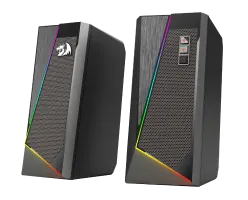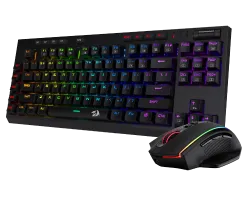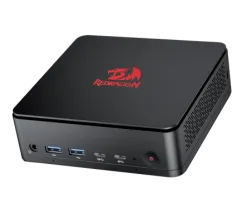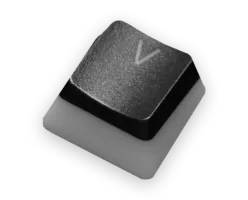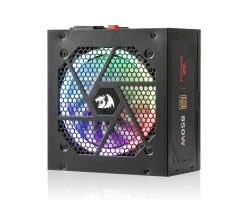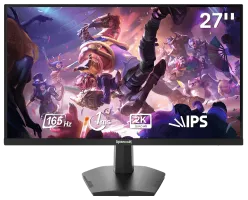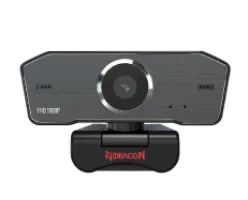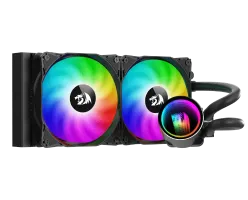Introduction
Mechanical keyboards and mice are some of the most durable and reliable input devices, offering smooth key presses, tactile feedback, and precision. However, like all technology, they can sometimes encounter problems. Whether you're a gamer, a typist, or someone who simply loves the feel of mechanical switches, it can be frustrating when things go wrong. In this blog post, we'll cover the most common issues with mechanical keyboards and mice and how to fix them!
Common Mechanical Keyboard Issues and How to Fix Them
1. Keys Not Registering
Possible Causes:
- Dirty or worn-out switches
- Dust or debris under the keycaps
- Software-related issues (e.g., keybinding or macros causing conflicts)
Solutions:
-
Clean your keyboard: Use compressed air to blow out dust from between the keys. A soft brush can help clean around the switches. You can even remove the keycaps for a deeper clean.
-
Check your software settings: If you're using custom key bindings or macros, make sure the settings aren't conflicting or causing issues.
-
Test the keys on another computer: This helps rule out software or driver problems.
2. Sticking Keys
Possible Causes:
- Dirt or dust buildup around the switches
- Mechanical wear or faulty switches
Solutions:
-
Clean the keyboard: Dirt under the keycaps can cause keys to stick. Use compressed air or a soft brush to clean.
-
Lubricate or replace switches: If cleaning doesn’t help, try lubricating the switch or replacing it entirely (if your keyboard supports hot-swapping).
3. Ghosting or Key Rollover Problems
Possible Causes:
- Your keyboard doesn’t support full N-Key Rollover (NKRO) or anti-ghosting.
Solutions:
-
Check keyboard specs: Make sure your keyboard supports NKRO or anti-ghosting features. Most gaming keyboards offer this functionality.
-
Test with a different USB port: Plug the keyboard into a direct USB port rather than through a hub, as hubs sometimes cause input issues.
4. RGB Lighting Not Working
Possible Causes:
- Broken LEDs or internal hardware issues
- Software issues or improper settings
Solutions:
-
Reset lighting settings: Sometimes, resetting your keyboard’s RGB settings or using the default profile can fix the issue.
-
Reinstall software: Make sure your lighting software is up to date. If necessary, reinstall the software.
-
Check for hardware faults: If the issue persists and you're still under warranty, consider contacting support for a repair or replacement.
5. Double-Pressing Keys (Key Bounce)
Possible Causes:
- Worn-out switches
- Software or settings conflicts
Solutions:
-
Check debounce settings: Some software lets you adjust the debounce time (the delay between key presses). Adjusting this may help resolve the issue.
-
Clean or replace switches: If the issue is mechanical, cleaning or replacing the switches (if they’re hot-swappable) might be necessary.
6. Keyboard Not Responding at All
Possible Causes:
- Loose connection or faulty cable
- USB port issues
- Driver problems
Solutions:
-
Test on a different PC: This can help determine if the issue is with the keyboard itself or your computer.
-
Check the connection: Make sure the USB cable is securely plugged into your PC. If it’s wireless, check your wireless receiver and batteries.
-
Update drivers: Reinstall or update your keyboard drivers, especially if you’re using specialized software.
Common Mechanical Mouse Issues and How to Fix Them
1. Cursor Not Moving or Lagging
Possible Causes:
- Low battery (for wireless mice)
- Dirty sensor
- Software/driver issues
Solutions:
-
Replace the battery (if wireless): Ensure your mouse has enough power.
-
Clean the sensor: Dust and debris can obstruct the sensor, causing it to malfunction. Use a soft cloth or compressed air to clean the sensor.
-
Update drivers: Sometimes, outdated software or drivers can cause performance issues. Check for updates via the manufacturer’s software.
2. Double-Clicking Issues
Possible Causes:
- Worn-out mouse switches
- Software misconfiguration
Solutions:
-
Adjust debounce settings: Some mice software lets you tweak the debounce time (the delay between clicks). If you're double-clicking unintentionally, reducing this time might help.
-
Replace the switch: If the mouse button is physically worn out, you may need to replace the button or switch, particularly for mechanical mice with replaceable switches.
3. Unresponsive Buttons
Possible Causes:
- Dirt or debris in the button mechanism
- Software glitches or driver conflicts
Solutions:
-
Clean the buttons: Remove any dirt or grime that may be obstructing the buttons.
-
Reinstall software: Ensure your mouse’s driver and software are up to date. If the issue persists, uninstalling and reinstalling the software might resolve the problem.
4. Inconsistent DPI or Sensitivity
Possible Causes:
- Incorrect DPI settings
- Sensor issues
Solutions:
-
Adjust DPI settings: Most gaming mice come with software that allows you to customize DPI. Ensure it’s set to your preferred level.
-
Clean the sensor: A dirty sensor can cause erratic movement. Clean it carefully with a soft cloth or compressed air.
-
Check for software updates: Make sure the software that controls DPI is updated to avoid conflicts.
5. Mouse Lag (Wireless Mice)
Possible Causes:
- Low battery
- Wireless interference
Solutions:
-
Replace or recharge the battery: Ensure your wireless mouse has a full charge or fresh batteries.
-
Reduce wireless interference: Ensure the receiver is plugged directly into the computer, not through a USB hub, and move it closer to the mouse for a better connection.
6. Mouse Not Detected
Possible Causes:
- Faulty USB port
- Cable or receiver issues
- Driver conflicts
Solutions:
-
Try a different USB port: Test the mouse in another USB port to rule out hardware issues.
-
Check the cable and receiver: Make sure the mouse is properly connected, or replace a damaged cable if necessary.
-
Reinstall the drivers: Uninstall and reinstall the mouse drivers or reset the mouse software to default.
Final Thoughts
Mechanical keyboards and mice are powerful, reliable tools, but like all electronics, they can experience issues over time. Whether you're dealing with unresponsive keys, cursor jitters, or RGB issues, the solutions outlined above can help you get your devices back to optimal performance.
Remember to regularly clean your keyboard and mouse, update your software, and adjust settings to prevent some of these common issues from occurring. If your problems persist, don’t hesitate to reach out to the manufacturer for support or to check if your devices are under warranty.




